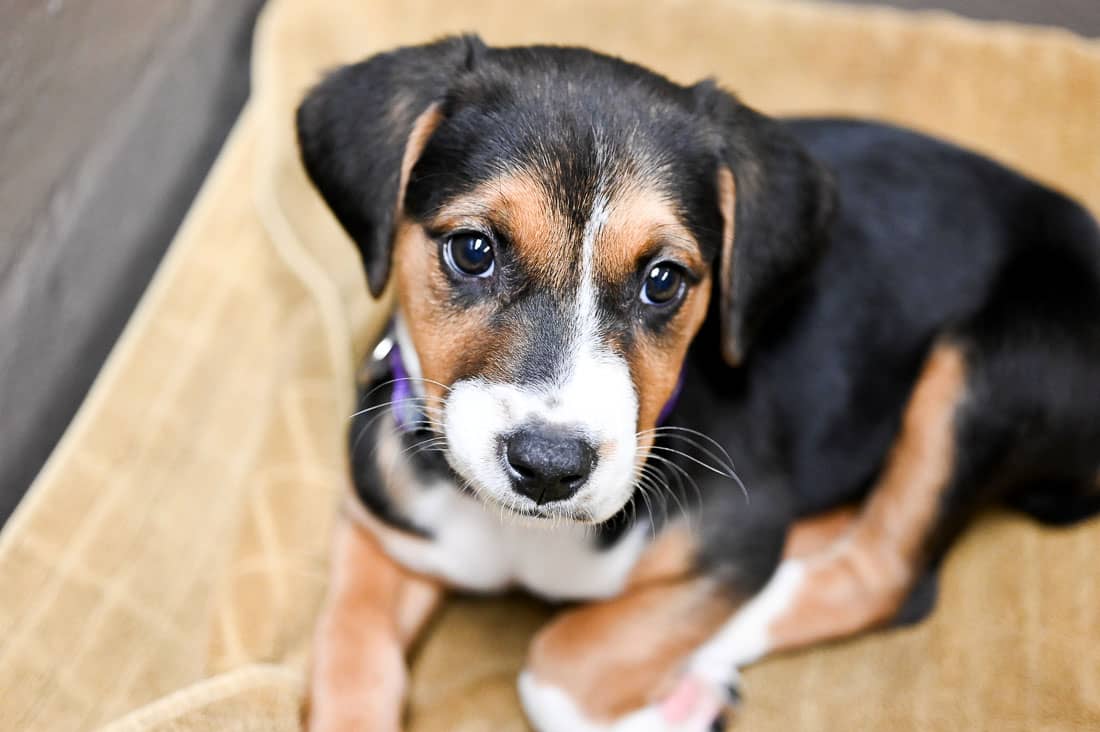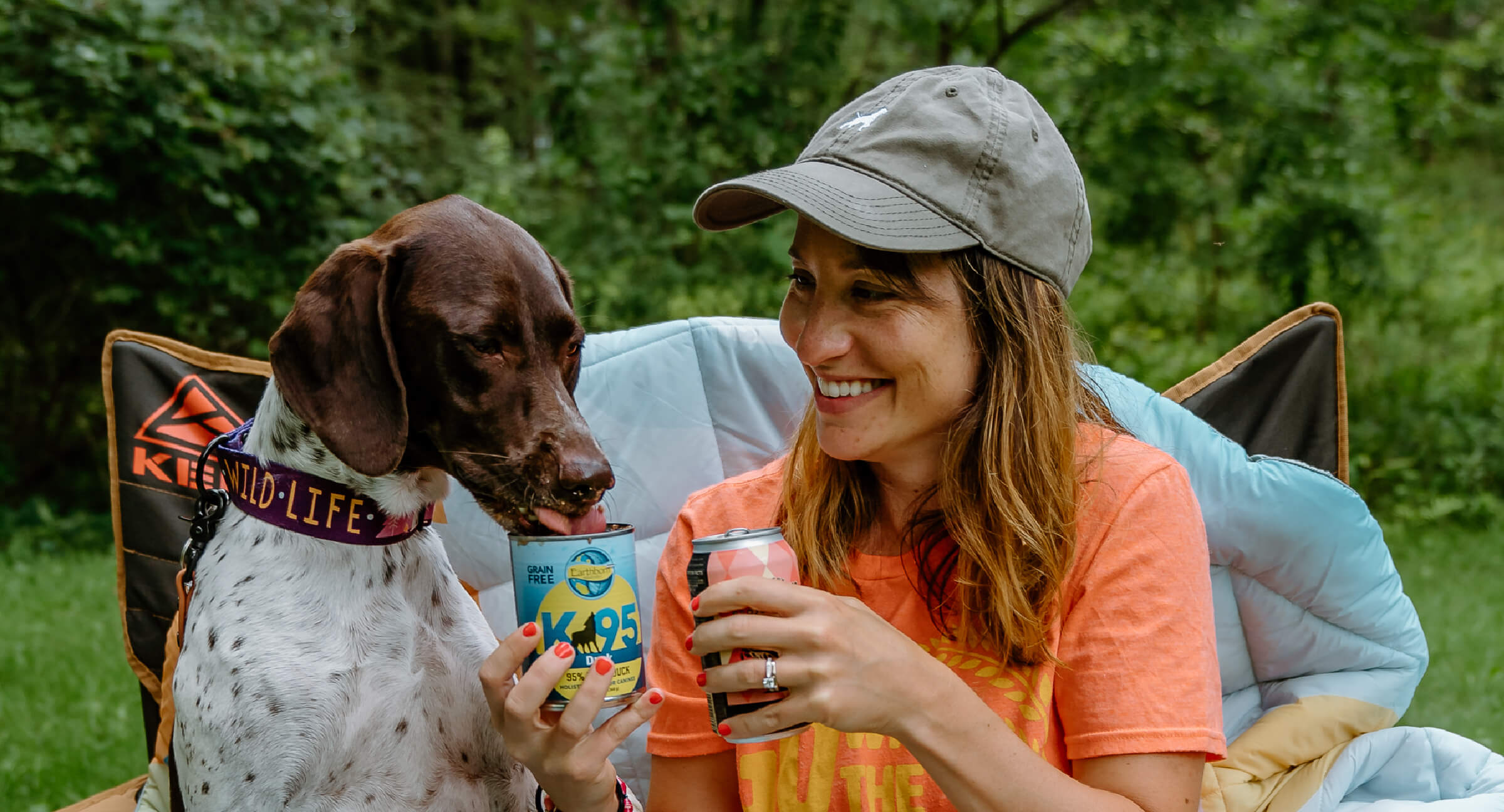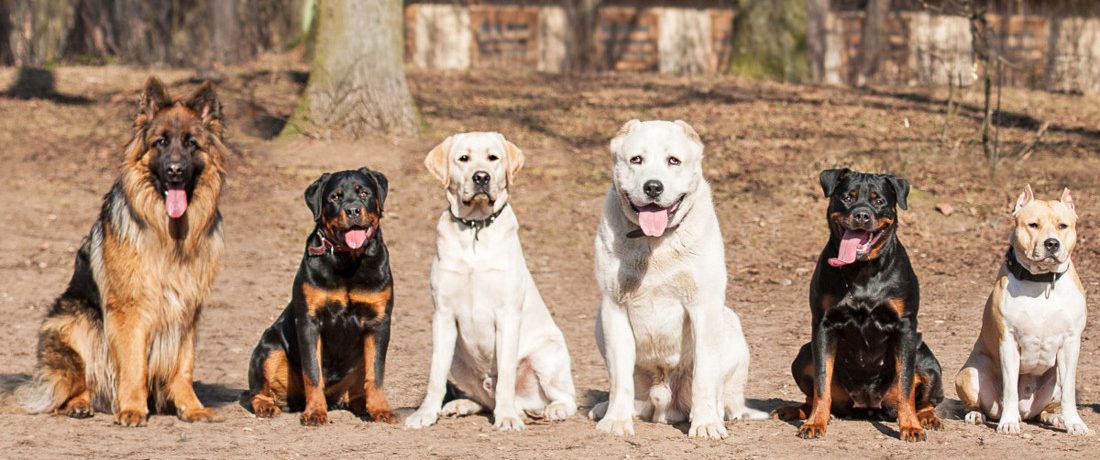Comprehending Canine Body Language During Dog Training
Comprehending Canine Body Language During Dog Training
Blog Article
Essential Tips for Successful Dog Training: A Guide for Animal Owners
Reliable dog training is a multifaceted process that needs a critical approach tailored to both the animal's character and the owner's goals. Secret elements such as developing regular commands, using favorable reinforcement, and helping with early socialization play important roles in promoting a well-adjusted canine buddy. However, many pet owners encounter challenges that can hinder progression, bring about disappointment and uncertainty. Recognizing exactly how to navigate these obstacles can dramatically boost the training experience, eventually transforming the partnership in between owner and dog. What are the crucial methods that can be employed to ensure success in this undertaking?
Recognizing Dog Actions
Recognizing dog habits is crucial for effective training and fostering a harmonious connection in between pooches and their proprietors. dog training. Dogs communicate mainly with body language, vocalizations, and activities, making it vital for proprietors to analyze these signals properly.

Socializing plays a substantial duty in dog actions; direct exposure to numerous settings, individuals, and various other pets can considerably impact a dog's temperament. Furthermore, factors such as type features and private temperament should lead training approaches, as some breeds may have details behavior characteristics that necessitate customized techniques. By comprehending these elements, proprietors can create an encouraging atmosphere that urges positive actions, causing effective training results and a deeper bond with their family pets.
Establishing Constant Commands
Reliable communication with your pet begins with developing consistent commands. This fundamental element of training is critical for fostering understanding in between you and your pet. Consistency in the commands you make use of guarantees that your pet can reliably connect details words or phrases with the preferred actions.
When selecting commands, select clear, distinctive words that are easy to distinguish and claim from one another. Prevent utilizing similar-sounding commands that might confuse your canine. For instance, making use of "sit" and "stay" is proper, but "sit" and "hit" might result in misunderstandings.
Furthermore, preserve the exact same tone and quantity for each and every command. Dogs are sensitive to vocal hints, so varying your tone can produce complication.
It is just as crucial to make sure that all member of the family get on the exact same page pertaining to the commands utilized. A united front in command usage will certainly stop blended signals and reinforce the understanding procedure.
Positive Support Methods
The power of positive support in canine training exists in its capacity to encourage wanted habits through incentives and praise. This strategy is based in the principle that habits followed by desirable results are most likely to be repeated. By incorporating favorable reinforcement right into your training regimen, you can successfully shape your pet's behavior in a positive manner.
To carry out positive reinforcement, it's important to recognize what motivates your pet dog, whether it be treats, toys, or spoken praise. When your pet dog performs a preferred activity, such as remaining on command, quickly award them with a reward or affection. This organization in between the command and the positive result strengthens their understanding.
It's critical to timing the rewards appropriately; delivering the reinforcement within seconds of the preferred habits helps your canine make the link (dog training). Furthermore, uniformity is essential-- make certain More Bonuses that all family members make use of the same commands and reward systems to prevent complication

Gradually, you can minimize the Go Here regularity of deals with as your dog learns the habits, transitioning to applaud or recurring incentives. This method not only fosters a strong bond in between you and your pet dog yet additionally advertises a positive learning environment, making training a satisfying experience for both.
Socialization and Communication
Continually exposing your dog to a variety of environments, people, and other animals is essential for their social development. Socialization should start early, preferably during the important home window of 3 to 14 weeks, when pups are most responsive to brand-new experiences. Older canines can also benefit from ongoing socialization initiatives.
Present your pet dog to various settings, such as parks, pet-friendly stores, and urban locations. This direct exposure aids them adjust to numerous stimulations, lowering anxiety and concern actions. Motivate positive communications with other pet dogs and people, guaranteeing that these encounters are regulated and safe to foster self-confidence.
Use organized playdates with courteous dogs, as this can boost your canine's social abilities and instruct them appropriate habits. Obedience classes and training sessions likewise offer excellent possibilities for socialization, permitting your dog to engage with others in a supervised atmosphere.
Monitor your canine's body movement during communications, as this will assist you determine their comfort degree. Gradually boost exposure to more tough situations while making sure that each experience is positive. A well-socialized canine is extra likely to display well balanced behavior, making them a delight to have in any kind of setup.
Dealing With Typical Training Obstacles
Every canine proprietor will certainly experience training difficulties at some time, no matter their canine's age or socializing degree. Identifying common problems such as stubbornness, disturbances, and fearfulness can help in establishing efficient approaches for improvement.

Diversions during training sessions can hinder emphasis. To fight this, begin training in a quiet atmosphere with very little stimuli. Slowly introduce diversions as the pet dog ends up being a lot more skillful in commands. Short, constant training sessions are additionally reliable in preserving interest.
Terror can impede a canine's knowing process. Steady desensitization to the resource of worry, matched with favorable support, can assist reduce anxiety. Perseverance is vital; never force a pet into a situation that creates distress, as this may intensify the concern.
Eventually, understanding and dealing with these common challenges with an organized method will certainly promote a more efficient training experience, strengthening the bond in between canine and proprietor while promoting reliable knowing.
Verdict
In summary, effective dog training depends on an extensive understanding of canine actions, the establishment of regular commands, and the application of positive support techniques. Socializing plays an important duty in establishing well-adjusted pet dogs, while dealing with usual training difficulties navigate to this website calls for persistence and flexibility. By executing these essential methods, pet dog owners can promote a solid bond with their canines and advertise preferable behaviors, eventually bring about a harmonious connection in between human beings and their canine companions.
Comprehending pet behavior is vital for reliable training and fostering an unified partnership between canines and their owners.Socializing plays a substantial duty in canine habits; direct exposure to numerous settings, individuals, and other animals can dramatically influence a dog's temperament.The power of positive reinforcement in canine training lies in its capability to motivate preferred actions via incentives and appreciation. By including favorable support right into your training routine, you can properly form your pet's actions in a positive fashion.
In recap, effective pet training counts on a thorough understanding of canine actions, the facility of constant commands, and the application of positive reinforcement techniques.
Report this page